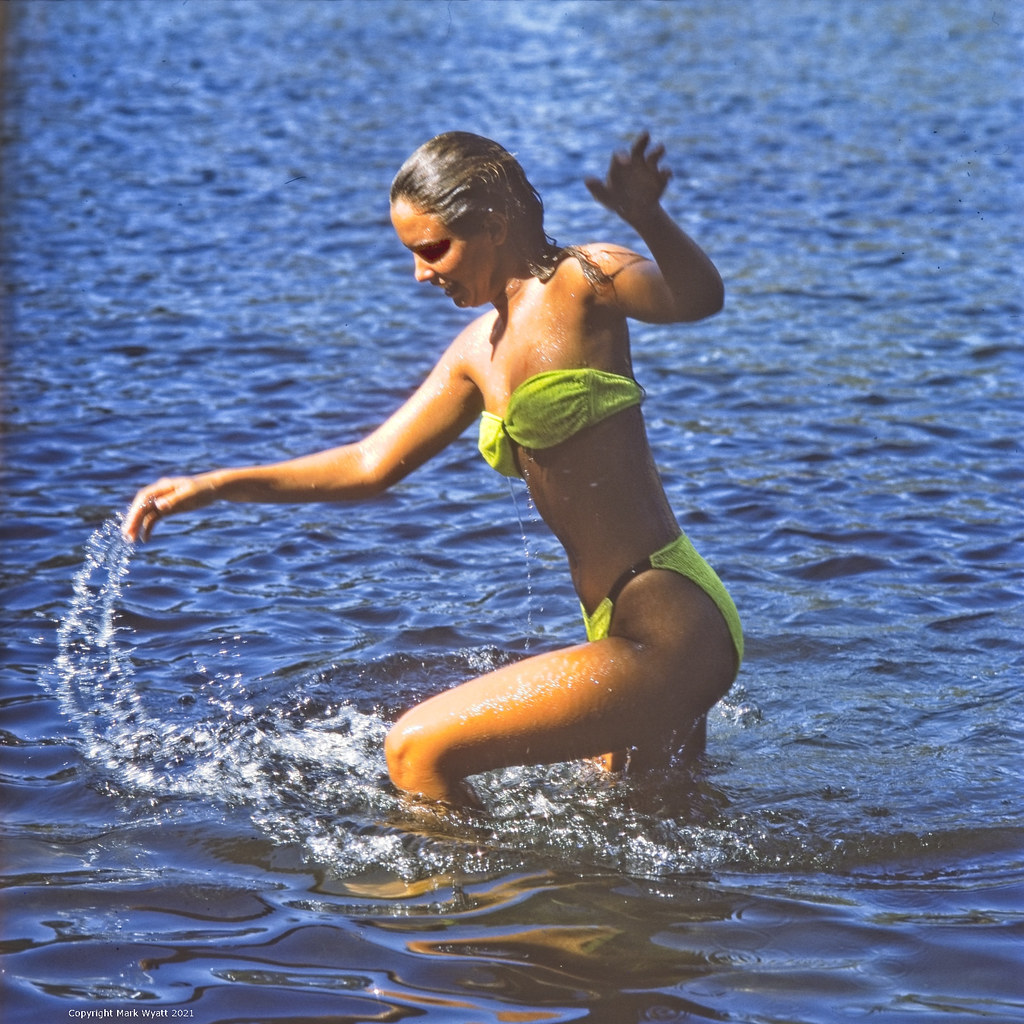nickthetasmaniac
Veteran
Hi all,
I'm curious how people manage their highlights when scanning black and white?
It seems that if I protect the highlights in the scan, I just end up with a heap of muddiness and 'grey'. But I haven't found a way of 'blowing' them without introducing very hard 'digital' edges.
I've been scanning for nearly a decade now, and it's the one thing I still really struggle with...
Any suggestions?
A random frame of Tmax400 as an example...

I'm curious how people manage their highlights when scanning black and white?
It seems that if I protect the highlights in the scan, I just end up with a heap of muddiness and 'grey'. But I haven't found a way of 'blowing' them without introducing very hard 'digital' edges.
I've been scanning for nearly a decade now, and it's the one thing I still really struggle with...
Any suggestions?
A random frame of Tmax400 as an example...






